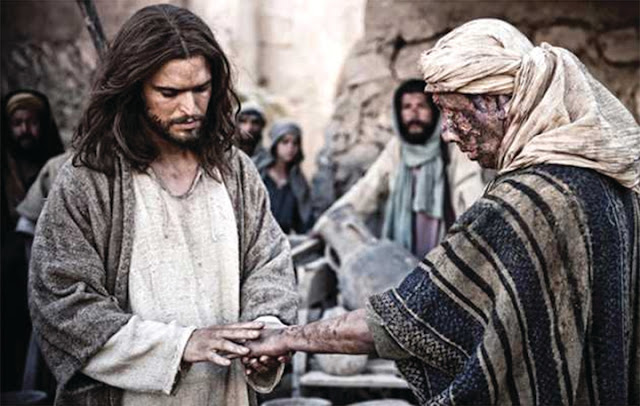A 40-DAY JOURNEY WITH THE KING: Lenten reflections from Mark’s Gospel (8)

“Then [Jesus] said to them, “The sabbath was made for humankind, and not humankind for the sabbath; so the Son of Man is lord even of the sabbath.” (Mk. 2.27-28) Between two accounts of Jesus visiting the seaside to teach/heal the ever-present and ever-growing crowds (2.13; 3.7-12), Mark shows us the collision of Jesus’ vision of holiness with that of the Pharisees. Mark accomplishes this by means of 4 short episodes, each of which contains a question that serves to reveal the underlying motives of these competing visions, the first three being asked by the Pharisees of Jesus/his disciples (concerning eating) and the fourth being asked by Jesus of his opponents (concerning the sabbath; cf. 2.6-9). Jesus’ unconventional ways about the town of Capernaum now begin to make waves. The third episode (2.23-28) has Jesus and his disciples walking through a grainfield on the sabbath. The disciples, being hungry, be...






